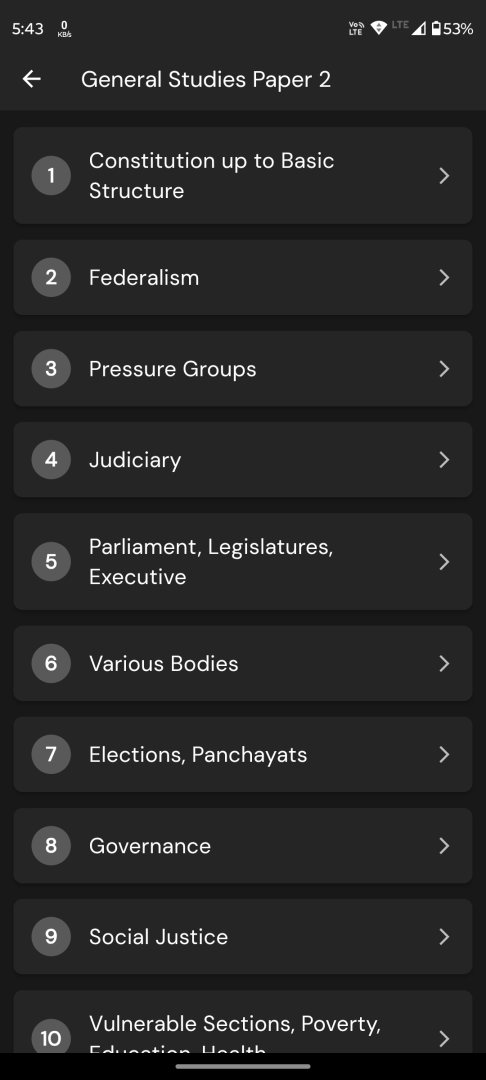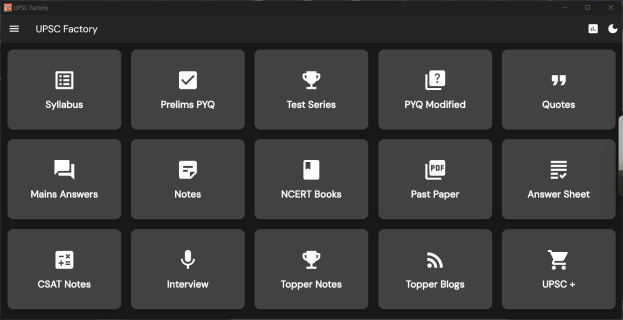Q. How does nanotechnology offer significant advancements in the field of agriculture? How can this technology help to uplift the socio-economic status of farmers?
UPSC Mains 2025 GS3 Paper
Model Answer:
Nanotechnology in Agriculture: Advancements and Socio-Economic Impact
Nanotechnology, involving manipulation of materials at 1-100 nanometer scale, is revolutionizing agriculture through precision interventions across the entire crop lifecycle, offering transformative solutions for productivity and sustainability.
Significant Advancements in Agriculture
Enhanced Production Systems:
• Nano-fertilizers: Achieve 90-100% nutrient utilization efficiency compared to 30-40% in conventional fertilizers, drastically reducing input requirements while improving yields
• Seed Enhancement: Carbon nanotube coatings boost germination rates; nano-polymeric coatings ensure optimal sprouting conditions (example: nano-primed cotton seeds)
• Controlled Release: High surface-to-volume ratio enables targeted nutrient delivery, minimizing losses through leaching and volatilization
Precision Management Technologies:
• Smart Pest Control: Encapsulated nano-pesticides enable controlled, targeted release, reducing chemical usage by 40-50% (example: IFFCO nano-urea)
• Early Detection Systems: Nanosensors detect pathogens and nutrient deficiencies at molecular levels before visible symptoms appear
• Water Conservation: Nano-zeolites improve soil water retention by 30-40%, crucial for drought-prone areas (example: nano-clay applications)
• Real-time Monitoring: ‘Smart dust’ sensor networks track soil moisture, temperature, nutrients, enabling automated precision farming
• Soil Remediation: Iron nanoparticles effectively remove heavy metals and pesticide residues from contaminated soils
Post-Harvest Innovations:
• Smart Packaging: Nano-coatings extend shelf life by 2-3 times; embedded nanosensors indicate food freshness
• Loss Reduction: Technology reduces post-harvest losses from current 20-25% to below 10%
• Food Safety: Nanosensors detect contaminants with high sensitivity, ensuring quality standards
Socio-Economic Upliftment of Farmers
Economic Benefits:
• Cost Reduction: Saves ₹3000-5000 per hectare through efficient input use
• Yield Enhancement: 20-30% productivity improvement directly increases farm income
• Premium Markets: Smart packaging enables export access, fetching 15-20% higher prices (example: nano-packed mangoes)
• Reduced Wastage: Lower post-harvest losses mean more marketable produce
Social Impact:
• Health Protection: Reduced chemical exposure minimizes occupational health hazards
• Employment Generation: Nano-input manufacturing creates rural job opportunities
• Knowledge Empowerment: Technology adoption enhances farmers’ technical capabilities
• Sustainable Livelihoods: Soil fertility preservation ensures intergenerational farming viability
• Cooperative Benefits: Shared nanosensor networks particularly help small farmers
Challenges and Way Forward
• Implementation Hurdles: High initial costs, knowledge gaps, regulatory framework absence
• Government Initiatives: Nano-Mission, demonstration projects, farmer training programs essential
• Partnership Models: Public-private collaboration for subsidized nano-inputs and technology transfer
Conclusion:
Nanotechnology can double farmers’ income while ensuring food security through sustainable agricultural intensification.




